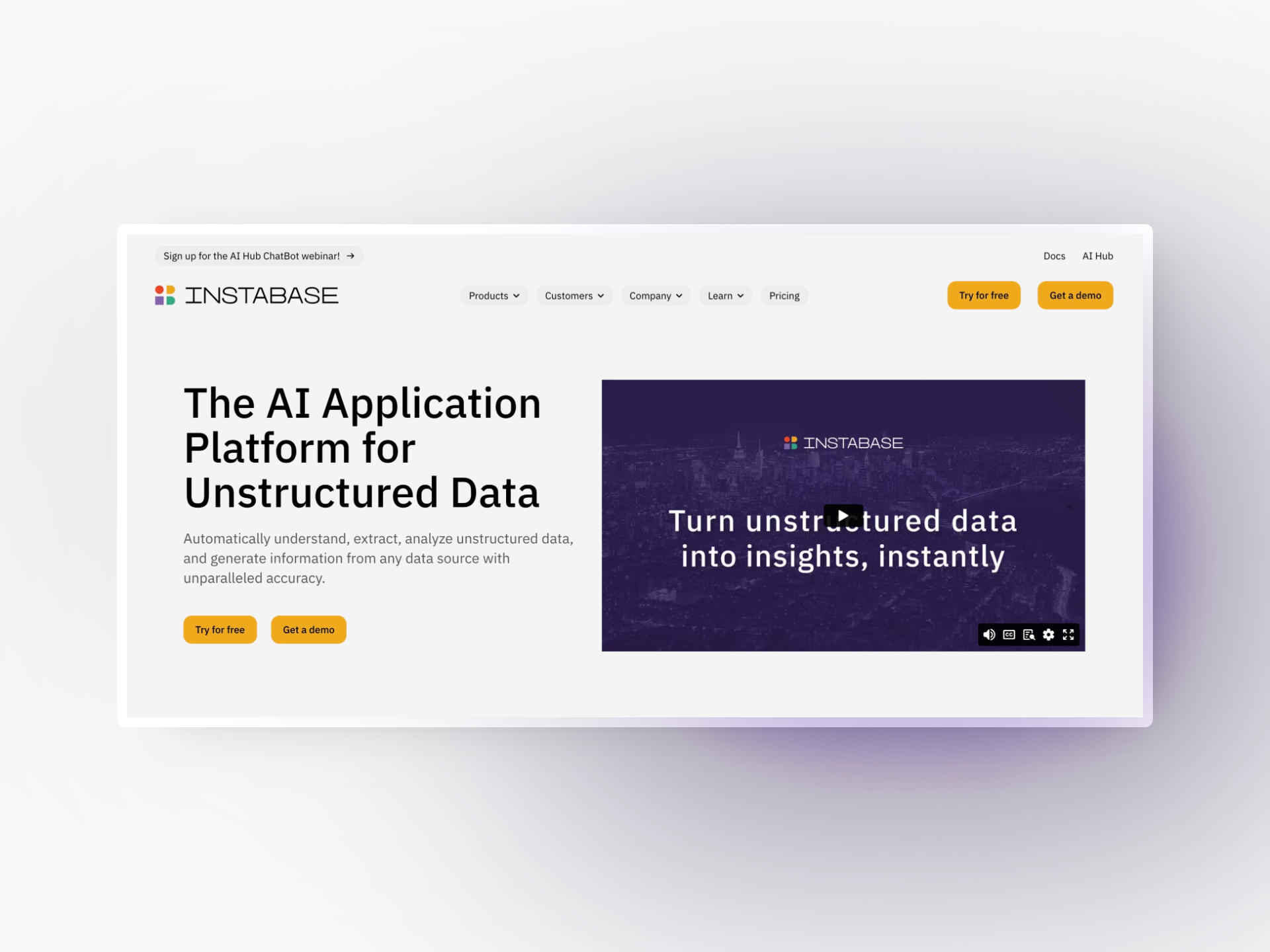 Financial Services
Financial Services
- Insights
- Financial Services
- Article
Exploring Uncharted Waters for Digital Banking Ventures

Embarking on the journey of building a digital banking venture is a hot topic locally in Turkey (where we have been operating for many years as a digital consultancy company) and internationally for investors. In a previous article, I had drawn attention to the juicy yet misleading assumptions many investors are making. For example, I suggested that the low-price competition model and a viable digital customer experience are no longer sufficient to distinguish yourself. Today’s customers expect more and base their decision of who to bank with not if they offer digital services, but rather who provides the best digital experience.
Well, you may naturally wonder where the opportunities lie within the digital banking space. In this article, I will explain the core concepts banks need to be exploring to become and remain competitive.
Opportunities are found in those areas where banks are not meeting the customer’s individual needs while trying to serve everyone. Our team has studied this gap for a long time. I will delve deeper into several opportunities with specific examples from Turkey’s venture landscape.
While the opportunities we will discuss may seem to be a little niche for the largest banks, it should be noted that they too can create opportunities to increase their brand awareness and allow international expansion if the right service is provided. That is, digital banks venturing into specialized areas must plan expansion beyond their origin country.
We’re talking about a journey of building specialized digital banking services instead of building organizations focused on being the bank for everyone and everything.
Be a Platform Bank
Broaden your services in select segments and ecosystems. Focus on a customer segment with common behaviors and needs or a related ecosystem. Let’s use an example from Turkey. There is an unfortunately low volume of banking services vertically focused on ecosystems such as white-collar employees, the agriculture industry, pensioners, SMEs in the export business, the real estate ecosystem, and so forth. Except for a select few institutions, existing banks have difficulty in going beyond producing a few highly specialized services, mostly due to legislation and other challenges.
Some ecosystems, if they are autogenous, are usually not sufficiently digitized (e.g., the agricultural ecosystem) or have a deficiency of vision (e.g., the pensioners’ ecosystem). A focus on just a few of these cases will act as a catalyst, increasing your value for your digital bank’s journey through an acquisition, partnership, or collaboration.
For example, a digital banking candidate who wants to focus on SMEs would consider purchasing or partnering with an accounting software firm that is widely respected among SMEs. With enough effort, each player within the ecosystem can take their place in business models that will add value to both themselves and your digital bank. Therefore, it’s essential for you to determine your focus area and find ways to produce common value and share that value fairly.
Provide a holistic service beyond the banking services currently offered within the focused segment. This is achieved by, designing integrated services with your business partners after analyzing the needs of the segment. If your focus is on agriculture, build and deploy models that cover all the services important to the segment such as, production, distribution, and supervision.
You must build a platform connecting these factors meaningfully through digital means. This doesn’t necessarily mean establishing a digital bank, but it means building a digital ecosystem led by your digital bank. The main thrust is to establish and operate a digital business that includes all the players serving the relevant segment. Moving from a one-to-one relationship-based service to a digital platform that includes your bank, farmers, credit specialists, and people who sell agricultural products meet on the common platform at the same time is key.
For instance, initiatives established in this vein, such as “İmece Mobil” (A mobile app serving various needs of Turkish farmers) exhibit the right vision. Our integrated API platform Maslak, developed over several years at DefineX acts as a digital network bringing together the ecosystem you’ve dreamed of.
For your targeted segment, you must answer questions from their perspective, such as:
- What does credit mean?
- What does insurance mean?
- What do connected services and their management mean?
- What do payments mean?
We’re talking about finding answers to these questions and designing specific financial services as tools existing within greater set of general services. To help you better visualize these concepts, I would like to share a specific example.
Let’s say you wish to focus on the “Real Estate Ecosystem:” Using this segment as context, we can specify:
– Credit would refer to a “mortgage” for the purchase of a house. In other circumstances, credit represents the consumer debt for renovations and arrangements. If there is a lease contract, a rent deposit may be made available as credit.
– Insurance would refer to the property coverage required to insure for fire, earthquake, damage, theft, and other perils.
– Cash management would mean digitally establishing automatic payment options or deferments of subscriptions such as electricity, water, gas, TV & streaming, and even lease payments.
What does the segment mean in respects to service offering? For real estate, a robust platform could offer:
– Hundreds of thousands of pre-valued houses for sale and rentals currently available.
– Appraisers and the real estate agents who sell houses can brought into the platform, in addition to other business partners, to facilitate collaboration in a single place.
– Landlords and tenants can come together and meet on your platform to execute or renew contracts. Maybe they can even review each other.
– Accessibility to an electrician, a plumber, a painter, and similar services can be made available on your platform for convenience, payment, and coordination.
Consequently, the homepage of your website is more likely to resemble the website of a real estate sales/rental marketplace, such as “sahibinden.com” rather than a traditional bank. Or rather, this type of bank will be established by sahibinden.com themselves. Perhaps you will make the real estate advertisement services free of charge and replace the existing ecosystem players by generating revenue from banking services alone.
As you can imagine, when the proper structure is set up correctly, the rewards are enormous. You can be “a Platform Bank” that adds value to the local real estate ecosystem. And in doing so, you will be adding value and reaching almost every aspect of individual’s journey through the ecosystem. Maybe you’ll even expand services abroad in other markets.
So, what are the key success factors? Having deep knowledge of an ecosystem, catering to its needs, and instead of taking an “all is mine” approach, be able to establish fair revenue sharing models with business partners who represent their part. In this case, rather than producing all service offerings by yourself, it is wiser to digitally collect them from existing service providers and design your new world just as an art curator would. For example, the holistic solution in our example solves the issue of electricity and plumbing with armut.com (a leading local services marketplace in Turkey), tackles the real estate listing business with sahibinden.com, and brings in the insurance business with sigortam.net (an insurance services marketplace in Turkey).
Be a Super Channel
Offer Virtual Assistance and Marketplace At the core of this model, when a bank owns the channel, product options are limited to those that will service the specific segment the bank wishes to include. This can be likened to a supermarket chain that only displays its own products and no other brands on its shelves. The banking industry works in a similar way except for a few rare examples. Therefore, there is an opportunity to significantly increase customer satisfaction here by doing the following:
a. Be the Digital Channel enabling customers to receive basic financial services exactly when they need it and on the most favorable terms. Even if you have your own products, the products of all banks should be presented in a way that will highlight the customer as the platform’s focus. This is about treating your customer as your north star rather than being just a product bank.
b. With a customer-first approach, you can become the customer’s favorite financial brand. Let others deal with the non-financial products, while you are the one who tries to choose the best products on the market for the customer. In fact, it is a scenario akin to e-commerce marketplaces.
c. Have the banks who sell products become your customers so they can reach your customers. Generate revenue as a mediator of these exchanges. The most critical and perhaps most difficult issue here will be to avoid directing your customer to the product that will bring you the most revenue and instead, adopting the principle of offering the most advantageous product fitting your customers’ needs, regardless of the provider.
It is possible to see some portals that have embarked on similar journeys in different sectors. For example, Turkish marketplaces offering product price comparisons such as Cimri.com, enuygun.com, and hangikredi.com are among the organizations providing a critical service to the customer by proposing the “most advantageous” option meeting a specific need.
On the other hand, in these organizations, the customer relationship cannot go beyond the level of single process search engines. In this model, the ability to get to know the customer in depth and generate insights through customer data and to show them options they otherwise wouldn’t have seen is the emergence of the virtual financial assistant.
Offering traditional products, such as loans in a way to provide the best value for the customers, is certainly a solid approach. But there are also great opportunities in providing the more profitable services such as wealth management through traditional banking to a very large customer base leveraging digital capabilities. These opportunities will reveal themselves when you remove the barriers around accessing information and services and pivot, using them to the advantage of the customer.
On the surface, it may seem more advantageous to maintain a closed, single brand ecosystem. It also may appear difficult to court other banks and services providers to participate on your platform. While there is truth to both statements, requiring a difficult negotiation process, there are developments happening today that are paving the way for such companies to expand the field of “open banking.”
The developments, such as regulators expanding the field for “open banking,”, and improvements including giving the customer the freedom regarding the digital sharing and processing of their own data, will support those who are designing solutions to sell value to the customer, rather than selling a banking product. More importantly, these developments are likely to remove indirect barriers in the competitive environment in Turkey, making banks more agile and motivating others to prioritize the tremendous customer benefits while opening up new revenue streams for those offering the best solutions.
Be a Technology Bank
Provide a common infrastructure for your targeted ecosystems. Not everyone should attempt to build and operate digital banking infrastructure from scratch. Although costs such as licensing, infrastructure, and operations are relatively low compared to branch banking, the above-mentioned areas won’t be able to reach large customer numbers in a short period of time.
The use of common infrastructures and licenses to reduce costs in these areas will increase the competitiveness of financial organizations. Unfortunately, while traditional banking has had a few examples thus far, they have held back on incorporating common infrastructure opportunities for fear of losing competitive advantages to smaller players. An example of where common infrastructure has excelled has been the transition to a common POS (Point of Sales). On the other hand, a failed example would be ATM networks that are still not fully optimized. In other instances, almost all banks have developed their own private core banking software, and except for some rare cases, almost none of them are available for other banks to use. Although “private infrastructures” do not seem to be a problem for banks serving a wide range of customers, I can easily foresee that this issue will be the biggest problem for building new digital banks. A clear opportunity appears here as well.
To become a technology bank, focus on providing core a banking infrastructure with your own services and let ventures with their own expertise in your targeted segment provide their own value-added services. Our goal is to make our customers’ lives easier and manageable by delivering and operating a “headless” banking infrastructure with flexible and new technologies at a low cost.
As the most successful, integrated ecosystems grow, we should grow with them. Let’s be the digital bank venture on which every digital bank venture is built.
The technology-first approach is being seen in some countries. Mamboo, Finleap and Solaris Bank are some good examples. It is an alluring opportunity as it is one of the most enticing methods for international expansion. This is especially true within the European and Middle Eastern markets which are currently experiencing a serious rise in demand because of the positive platform banking outlook.
To create a competitive advantage, you should constantly stay abreast of the latest technologies and the most efficient infrastructure. While walking this challenging path, you will need strong technology teams in place and an internalized “product management” culture. As it turns out, such competencies follow a decreasing trend in Turkey, and it seems unlikely this trend will reverse anytime soon. This may be the biggest challenge for the Turkish market.

Explore deep-dive content to help you stay informed and up to date
 Financial Services
Financial Services


